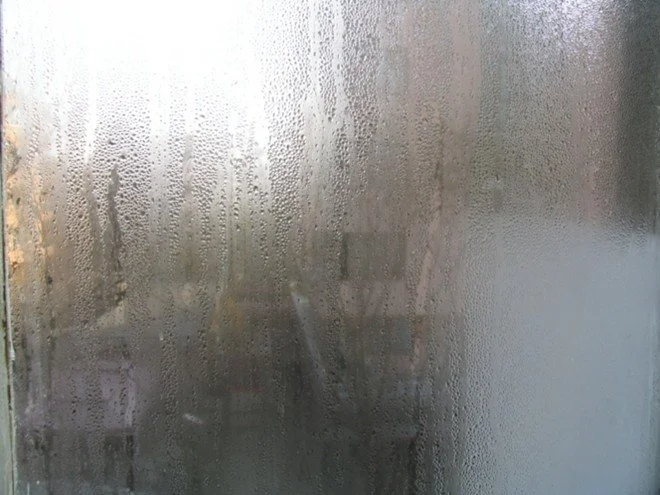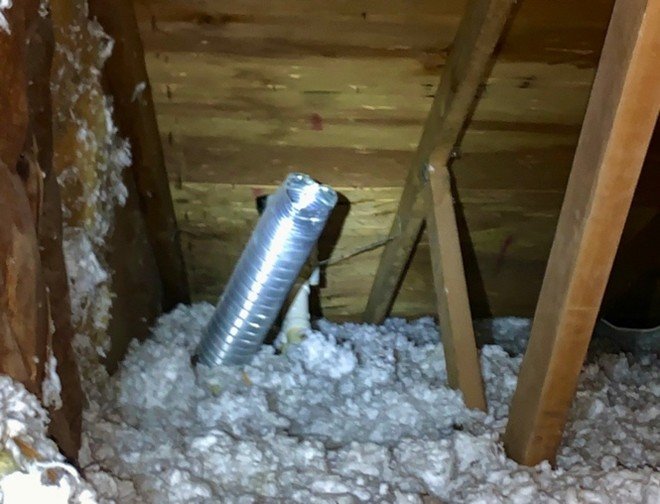Building codes across the country mandate bathroom venting. While these codes may seem logical to some and confusing to others, they exist for reasons greater than simply venting the air after your notoriously fragrant Uncle Larry has just visited the bathroom, resulting in some major aromatic issues. The primary purpose of the bathroom fan is to safely and efficiently remove moisture from the room. The home inspection professionals at HomePro Inspections offer the following information and advice to help you understand the importance and necessity of proper bathroom venting.
Bathroom Design Has Evolved
Years ago, homes typically had just one bathroom window, which was sufficient to promote proper airflow when the seasons permitted. Older homes were generally not built as tight and typically only included a bathtub, a sink, and a toilet. Over time, people renovated and added the convenience of a shower to the bathroom, and “bath day” turned into a daily shower ritual as the family grew. Showers create a lot of humidity, and if everyone in the family takes a shower every day, the bathroom can become quite a moist, steamy place. The solution was to install a bathroom fan to exhaust the moisture-rich air, but often, contractors and DIY homeowners would simply vent the fan exhaust directly into the attic.
Why It’s Bad to Vent Humid Bathroom Air Directly into the Attic
Over time, the high levels of humidity vented directly to the attic began to cause problems. It didn’t find its way up and out through the roof vent; instead, it condensed on the roofing structure and sheathing. That moisture created an environment conducive to mold, mildew, and, in some cases, dry rot of the roofing structure. At some point in the 1990s, building codes changed, and bathroom fans were required to vent to the exterior of the home. The requirements for bathroom venting have continued to evolve.
The following photo shows moisture damage from an exhaust fan venting into the attic space near the soffit. Note the staining and deterioration on the sheathing and rafters.
During the course of a home inspection, if the attic space is accessible, our home inspectors check to ensure that any bathroom fans or kitchen exhaust are not venting into the attic space. If we find any issues, they are documented as needing correction in our inspection report.
Attic Design and Purpose
Attics are designed to allow excess heat to escape. Typically, there are vents at the soffits for air to enter, as well as vents near the peak for air to exhaust. These can include roof vents, ridge vents, turbines, or thermostatically controlled power vents. If everything is functioning as it should, air will enter from the lower soffit area and move up and out of the vents at the peak.
Occasionally, homeowners add extra insulation to the attic space to enhance energy efficiency. It is common for our home inspectors to find that the soffit vents in older homes have been covered with insulation. This restricts airflow through the attic. We often observe signs of poor ventilation, such as staining or deterioration on the roof sheathing, as well as rusted nails. Although air can still move through the attic space, it is insufficient to eliminate excess moisture.
Conclusion
While venting a bathroom fan so it exhausts directly into the attic space is no longer acceptable, it is acceptable to use proper venting material to vent a fan through the attic space to reach a suitable exterior wall or roof vent. Ultimately, if done correctly, you can reduce moisture problems in the bathroom and avoid health issues caused by mold and mildew and structural deterioration, such as dry rot in the attic space.
At HomePro Inspections, our home inspectors are skilled at evaluating the condition of the garage floor and identifying any defects. Any issues found are documented in your home inspection report and recommended for resolution by a qualified professional.
Visit our website to learn more or to schedule your home inspection in the Rochester, Owatonna, and Faribault, MN areas. You can also contact us today at (507) 202-8942, by email, or use our online “Schedule Now” feature to schedule an appointment.



